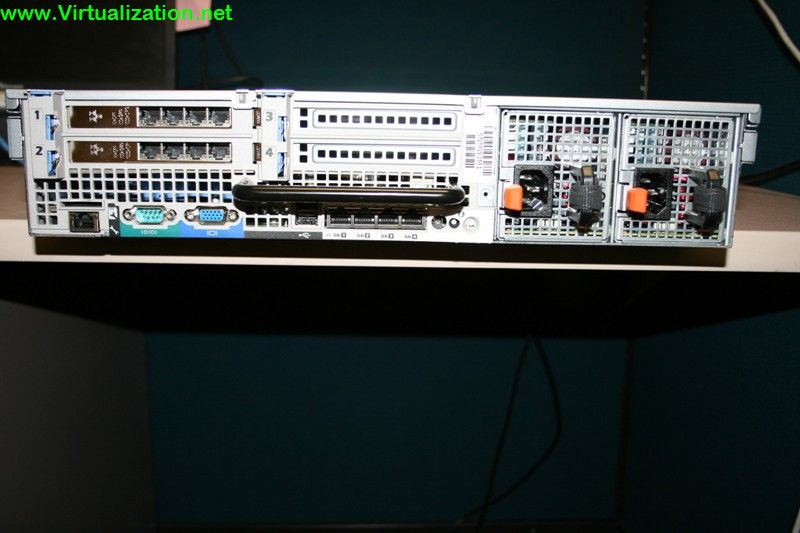

- #Vmware dell r710 raid monitor install#
- #Vmware dell r710 raid monitor full#
- #Vmware dell r710 raid monitor pro#
- #Vmware dell r710 raid monitor free#
I was under the impression that installing the VMWare version from DELL would automagically enable the necessary modules (OpenManage most importantly), but it seems like that is not the case. I'd like to see information from temperature sensors, installed disks and their status, fan speed, PSU status etc.

What I would like to accomplish seems simple: Configure the system so that it can be queried via SNMP from a remote host, whether it's snmpwalk, Nagios, PRTG etc. We have a bunch of VMWare ESXi 5.5 servers, some of which are integrated into vSphere, some of which are not (for cost reasons).Īll of them run the standard ESXi image, with the exception of one machine which is actually running the DELL VMWare ESXi image.
#Vmware dell r710 raid monitor full#
Yet another Monday the 13th… be safe out there.Despite researching this topic quite a bit online (to be fair I'm not a full time sysadmin) I'm unable to figure this out.
#Vmware dell r710 raid monitor pro#
#Vmware dell r710 raid monitor free#
#Vmware dell r710 raid monitor install#
I was wondering what everyones favorite tip or trick was with computers. I use a few from time to time that I love.1.) Open install applications with: Windows Key + R > Type appwiz.cpl2.) Computer Frozen? Use: Shift 5-8 Times really fast. All Time Favorite Computer Tip/Trick Best Practices & General IT.In the comments, we collect questions from members of the Spiceworks Community so our experts can respond in a future post.Now that Spiceworks has joined. AMA! Spiceworks OriginalsĪsk me Anything is a series where we interview experts with unique expertise, opinions, and stories. Most companies don't get a passing grade. SATA is definitely a real consideration today. It often makes sense to go to lots of 7200 SATA drives rather than 10K or faster SAS drives too. But if you are dropping to 10K, you can compare directly. I often use 15K drives so that is SAS only still. If they were the same price, I'd still get SAS.

If you can get SATA drives in the speeds that you need, this is generally the way to go. A 10K SAS drive is nominally faster than a 10K SATA drive and is slightly more reliable. SAS remains better but the differences are getting small. Maybe it is time to change that thinking also, SAS isn't cheap compared to SATA. What are your thoughts on SAS vs SATA? I'm still using SCSI (SAS) drives.you know the old school thing. Today, controllers fail almost as often as drives (because drives are so reliable) and space is cheap (comparatively) so the factors are very different and the characteristics of RAID 10 almost always trump anything that RAID F has to offer. Back then drives failed so often and costs so much that everything was based around those facts. The factors have changed dramatically over the two decades since the RAID F mentality took hold. RAID F (aka 2-6) had its place when drives were highly unreliable and capacity was expensive. Making the move into the virtual environment and time to re-think the RAID setup. It is time to change the old school thinking. It is a caching controller with its own memory, processor and backup battery. In our test environment we were not seeing write performance problems with RAID 5. Looks like I'm not the only one with this question and I should have searched the forums first!!!!!!Īs I'm looking around I'm finding a lot pointing to RAID 10 and some pointing to RAID 6.


 0 kommentar(er)
0 kommentar(er)
